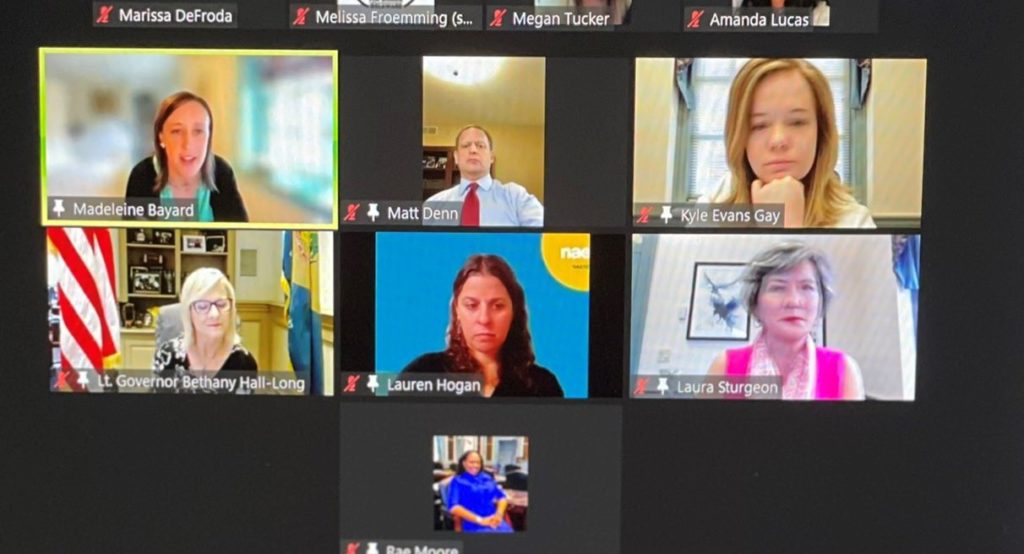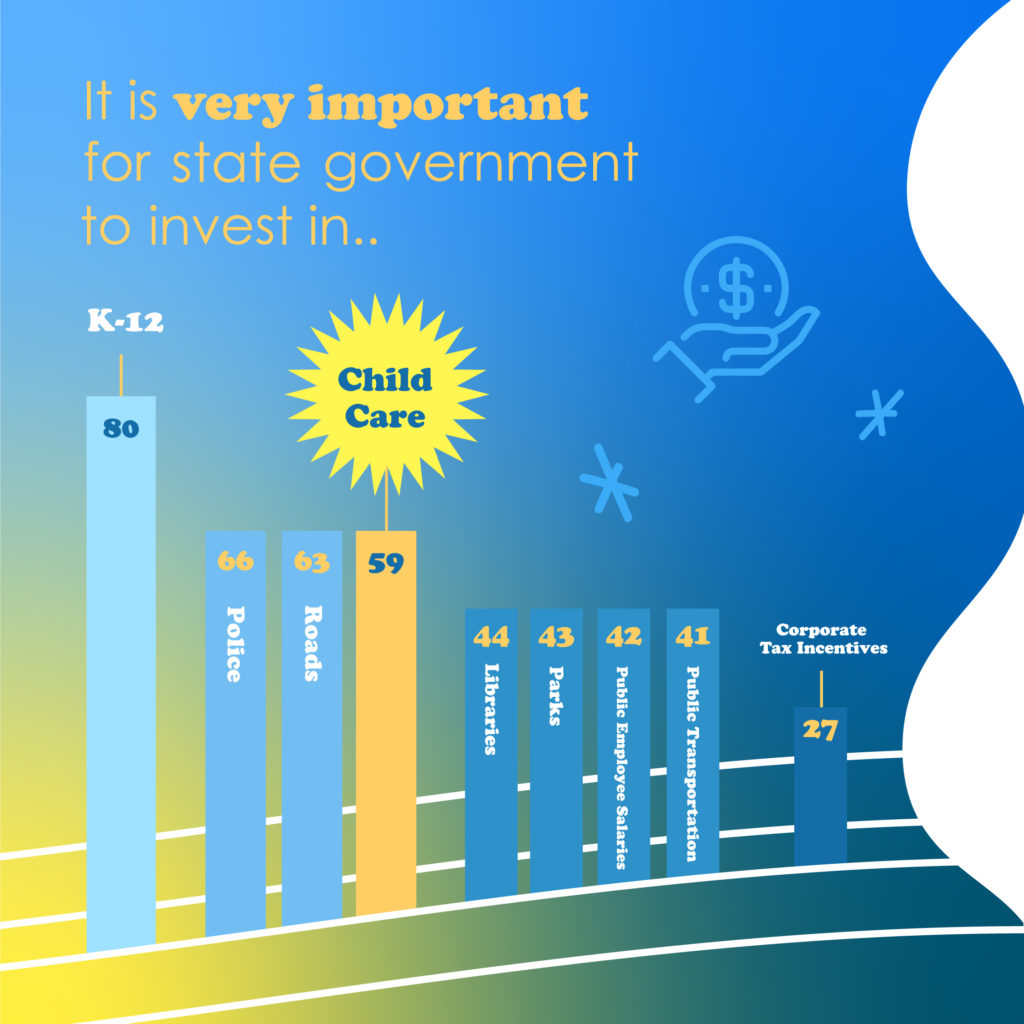-Early literacy remains a hot topic across Delaware this year, as the state has dropped to 37th in national rankings of reading scores.
-In response, state leaders are focusing on high-quality classroom materials, more supports for teachers, and evidence-backed literacy approaches.
-Two recently introduced bills, SB 4 and HB 304, look to strengthen statewide literacy.

Delaware leaders have coalesced around early literacy in recent years, adopting a state plan, enacting legislation, and drawing national speakers to support the momentum.
The state’s scores on national reading assessments have been stagnant and remain low, with less than half of third graders reading on grade level—an important predictor of later success in school and life. With a focus on this statistic, Gov. John Carney released the Delaware Literacy Plan in 2019 and allocated ongoing state resources to support teacher training, classroom materials, and summer learning supports. Some of the exciting progress underway through that plan includes:
- About two-thirds of all districts and charters have adopted high-quality instructional materials (curriculum, assessments, and other learning tools that rate highly according to national research). This means educators in those districts and charters can access those materials, and the Delaware Department of Education (DDOE) provides support for professional learning to support these materials. (Although adoption across classrooms and fidelity of implementation likely varies.)
- The state has launched competency-based professional development for educators called microcredentials that offer opportunities for educators to learn at their own pace and advance once they have demonstrated mastery of a topic. Educators are paid a stipend to participate, and the state is exploring a pay increase associated with the achievement of several microcredentials.
In 2021, leaders in the General Assembly took on policies to ensure all future teachers educated in Delaware had a solid evidence-based preparation program. “We have seen the transformative impact of this approach in the states that have adopted policies that empower educators with that information,” said Sen. Sarah McBride during a 2021 Senate Education Committee hearing. Led by Sen. Laura Sturgeon, a retired high school English teacher, Senate Bill 133 requires all teacher preparation programs (colleges of education including University of Delaware, Delaware State University, Wilmington University, RELAY Graduate School of Education, and soon Delaware Technical Community College) to have a grounding in the science of reading through the program curriculum. The bill stipulates faculty must participate in associated professional learning as well. SB 133 passed last session and was signed by the governor.
In March 2022, the Delaware Literacy Summit convened local stakeholders and national experts from other states who have adopted policies to strengthen literacy. Delaware’s reading scores have dropped from sixth in the nation to 37th since 2002, while states like Mississippi (that adopted a comprehensive plan and invested significant resources in coaching and schoolwide training) have surpassed us.
In April, Sen. Sturgeon and Rep. Kim Williams introduced Senate Bill 4 and House Bill 304. SB 4 provides standards for the materials educators use to know the needs of their students and to teach them how to decode words, sound out multisyllabic words, learn vowel teams and provide all the important foundations of how the human brain learns to read. It requires that districts and charters provide time for educators to learn these materials, and it creates reporting requirements.
“We know reading is a complex process, more than just saying words out loud,” said Mark Holodick, Delaware’s secretary of education, who supports both the shift in reading instruction and making it universal. “We need evidence-based research on how to promote language development.”
HB 304 establishes standards for universal screening tools and practices, ensuring that students are screened for potential delays three times during the school year in grades K-3, and establishes reporting requirements.
Parents and educators have motivated legislators from both sides of the aisle to work on these issues, informed these bills, and spoken up in support of these efforts—reading specialists and parents of dyslexic children testified on the importance of these policies at Senate and House Education Committee Hearings.
A few important issues were raised during these discussions:
- How can we support educators with the right tools, training, and time? The bills were amended to clarify that training or PD activities must happen within the school day—and districts may select multiple methods for ensuring teachers are trained, either through district-offered professional learning or by earning microcredentials.
- What about local control? Delaware districts and charters should able to choose their own curriculum. The bills recognize and support local control—they allow districts to select from a curated list created based on national research—and establish a process where applications can be made to the DDOE for alternatives not on the list. Seventeen other states have curriculum adoption policies at the state level, and eight have adopted literacy-related standards in recent years, according to Education Commission of the States.
- But what about exposing kids to concepts and print-rich environments—can’t we just read to kids? While reading to children and exposing them to core knowledge, vocabulary, and concepts are important, without the essential decoding skills, students will not have the skills to sound out words in third grade or in their high school chemistry textbooks. As Dr. Burk says, “reading to children and expecting them to learn how to decode is like playing Mozart music and expecting students to know how to play the piano.”
With the passage of SB 4 (and imminent passage of HB 304), Delaware is making strides toward the important foundation of literacy—often called “reading to learn”—that all students deserve.





